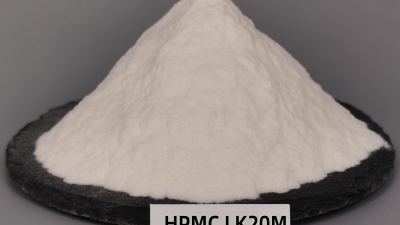How to Effectively Utilize Hydroxy Propyl Methyl Cellulose in Your Manufacturing Process
Table of Contents
- Understanding Hydroxy Propyl Methyl Cellulose: Properties and Benefits
- Key Applications of Hydroxy Propyl Methyl Cellulose in Manufacturing
- Best Practices for Incorporating HPMC in Your Production Workflow
- Troubleshooting Common Issues with Hydroxy Propyl Methyl Cellulose Usage
- Innovative Techniques to Enhance HPMC Efficiency in Manufacturing
- Exploring the Benefits of Hydroxypropyl Methyl Cellulose 9004-65-3: Insights from Recent Industry Performance Reports
- FAQS
- Conclusion
- Related Posts
Hey there! You know, in the fast-changing world of building materials, Hydroxy Propyl Methyl Cellulose (HPMC) really stands out as a pretty important additive that helps boost product performance and makes application smoother. Just recently, a report from Grand View Research pointed out that the global need for HPMC in different construction projects is expected to hit around 1.5 billion USD by 2025—that's a pretty big deal, showing how vital this stuff is in the industry. Here at Longou International Business (Shanghai) Co., Ltd., we're all about using HPMC to help our customers worldwide streamline their manufacturing processes. In this blog, I’ll share some practical tips on how to use Hydroxy Propyl Methyl Cellulose effectively—talking about its key qualities, benefits, and best practices—so you can really upgrade your efficiency and get better quality results in your projects.
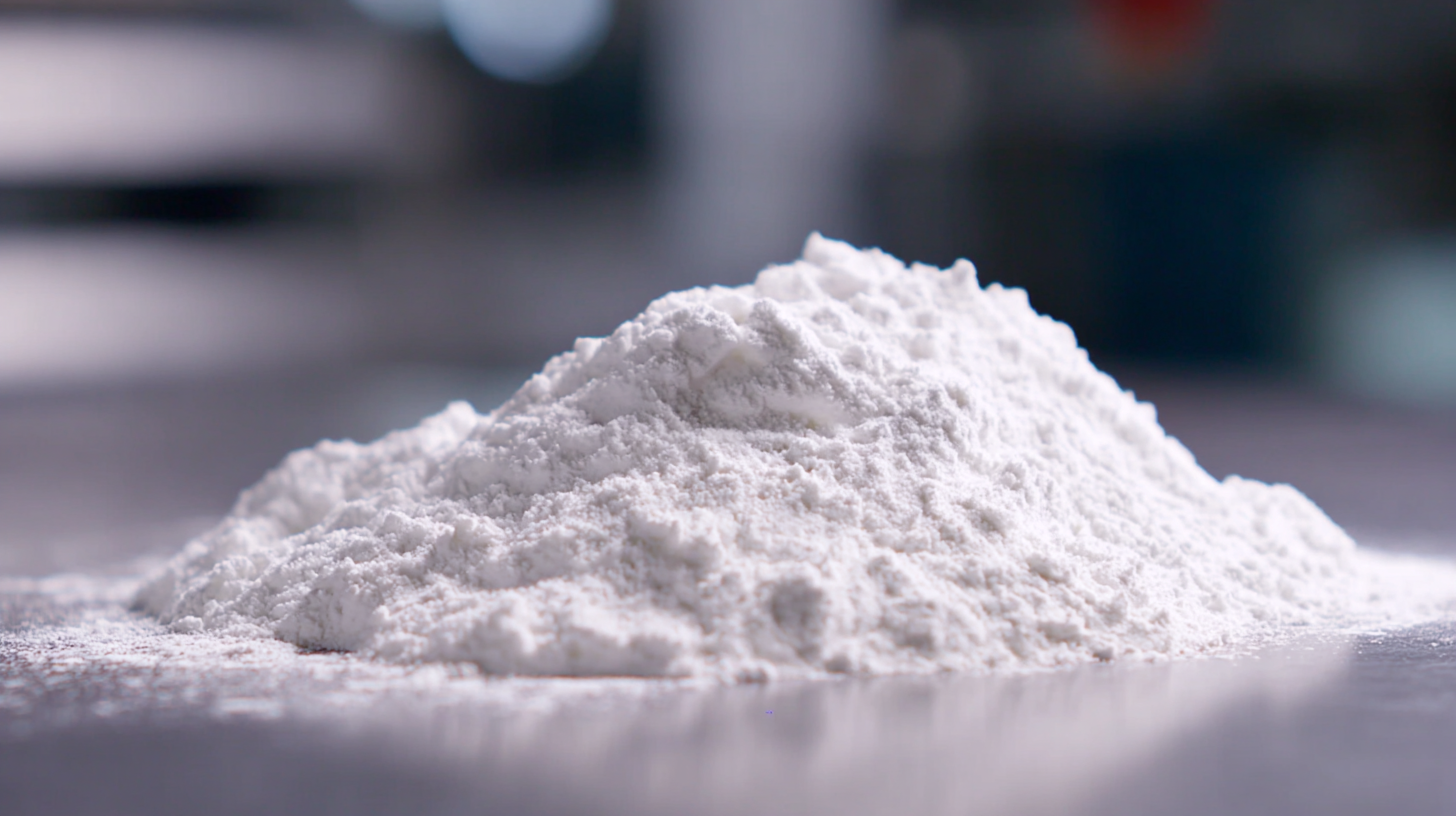
Understanding Hydroxy Propyl Methyl Cellulose: Properties and Benefits
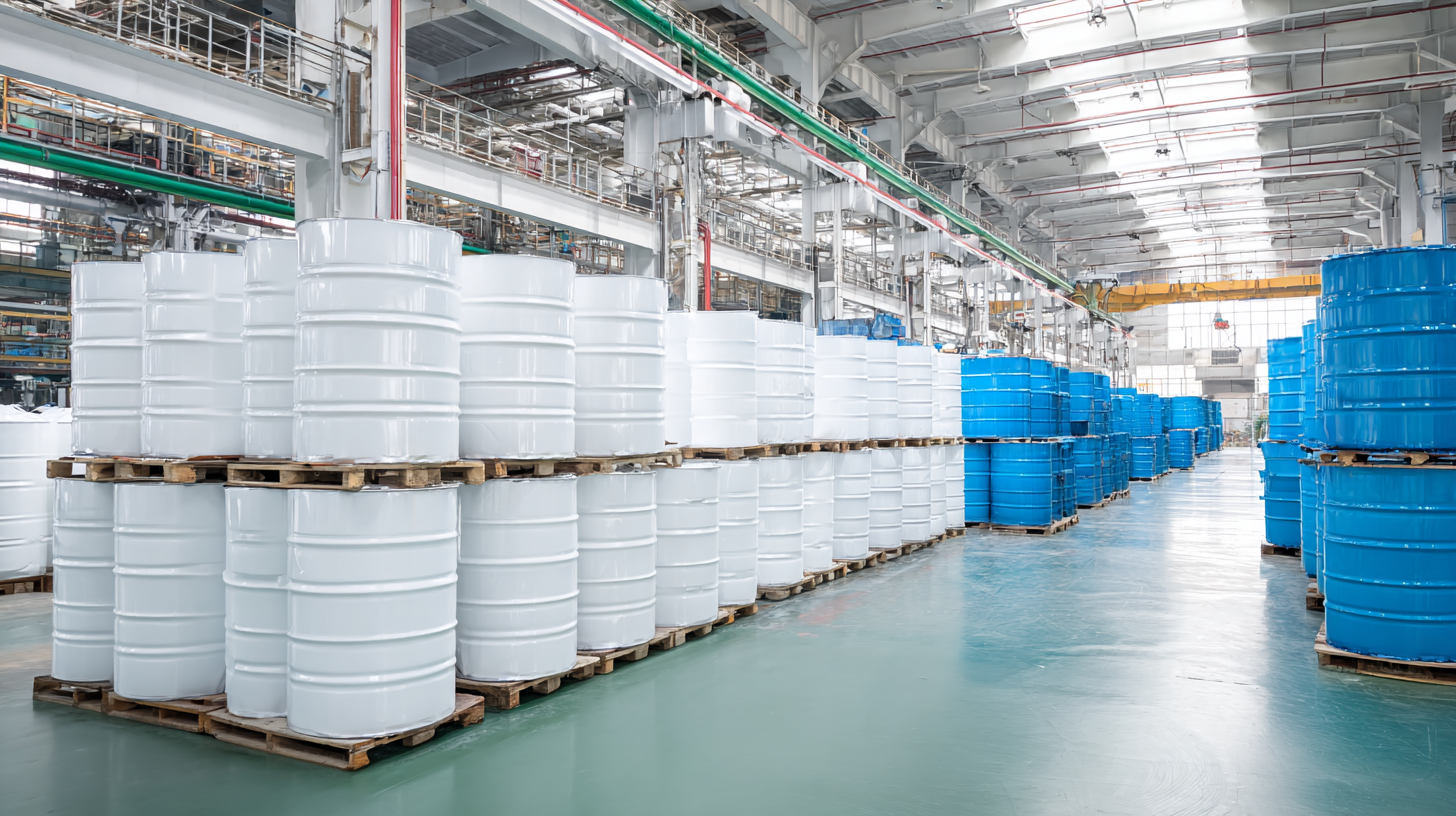 Hydroxy Propyl Methyl Cellulose, or HPMC for short, is this pretty incredible, versatile water-soluble polymer that's a real game-changer in many manufacturing areas. One of the coolest things about it is how well it can form gels and boost viscosity — kinda like the secret sauce in industries like pharma, food, and construction. Plus, it’s super stable when it comes to heat and resistant to chemicals, so it keeps performing reliably no matter the conditions. That makes it a go-to ingredient for folks developing products where consistency really matters.
Hydroxy Propyl Methyl Cellulose, or HPMC for short, is this pretty incredible, versatile water-soluble polymer that's a real game-changer in many manufacturing areas. One of the coolest things about it is how well it can form gels and boost viscosity — kinda like the secret sauce in industries like pharma, food, and construction. Plus, it’s super stable when it comes to heat and resistant to chemicals, so it keeps performing reliably no matter the conditions. That makes it a go-to ingredient for folks developing products where consistency really matters.
But here’s the thing — HPMC isn’t just about its physical perks. It’s great as a thickening agent, stabilizer, and emulsifier all rolled into one, which helps make products look better and feel just right. In pharmaceuticals, you’ll often find it used as a binder in tablets or as a coating film, which actually helps with how the drug gets absorbed. And in the food biz? It keeps sauces and dressings smooth and consistent and even helps extend shelf life. All these uses just prove how essential HPMC is for making high-quality stuff that we all rely on every day.
Key Applications of Hydroxy Propyl Methyl Cellulose in Manufacturing
Hydroxy Propyl Methyl Cellulose, or HPMC for short, is this really handy polymer that's used across all sorts of industries. Yeah, it’s pretty versatile. For example, in construction, it’s often added to cement and mortar to help things go smoother. It improves how manageable the material is, helps it stick better, and even slows down drying times a bit. That way, workers have more time to shape and work with everything before it hardens. Plus, its ability to hold onto water means the final results tend to be stronger and last longer—that's pretty important, right?
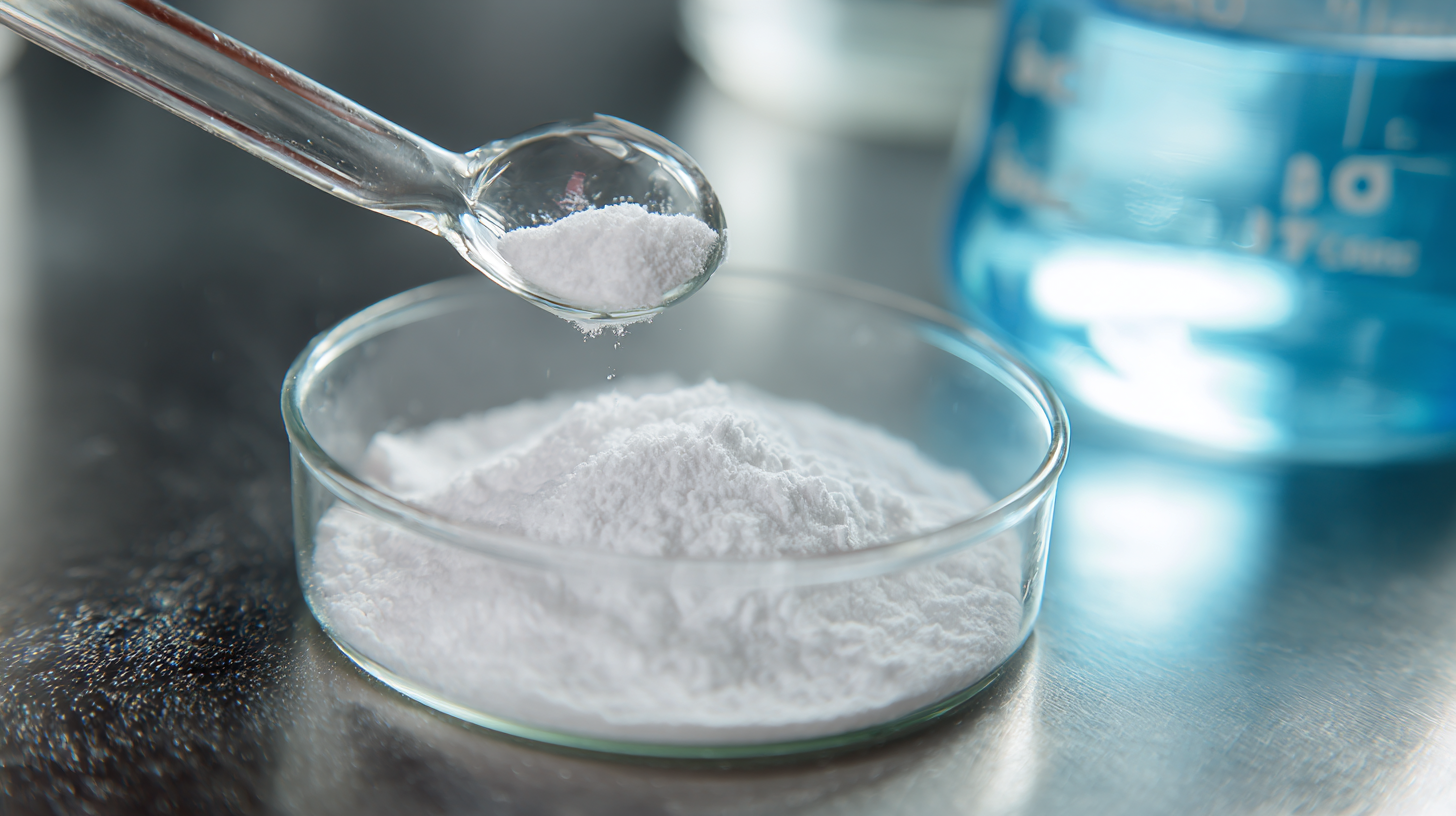
In the world of meds, HPMC’s a bit of a star too. It’s used as an excipient—basically, a helper ingredient—in making drugs. It acts like a binder and forms a film around pills, which helps control how they release active ingredients over time. The fact that its viscosity is just right makes it possible to create all kinds of drug forms, from tablets to capsules, and ensures they work properly once inside your body. And, on top of all that, in the food industry, you’ll find HPMC doing its thing as a thickener and stabilizer. It helps give sauces, baked goods, and other goodies their nice texture and consistency. Seeing how it pops up in so many areas just shows how important HPMC is when it comes to making products better, easier to make, and of higher quality.
Best Practices for Incorporating HPMC in Your Production Workflow
Hydroxy Propyl Methyl Cellulose, or HPMC for short, is this super versatile cellulose ether that's been really making waves across a bunch of industries—think food, pharma, and construction, mainly. If you're looking to boost your product quality and make things run a bit smoother, adding HPMC could be a game-changer. But, here's the thing: to get it right, you gotta pick the right grade for what you’re doing. Viscosity and solubility can vary a lot, so it's worth doing a little homework first.
Now, a tip I swear by is paying attention to how you mix it. Tossing HPMC into cold water slowly is key—doing it too fast can cause clumping, which nobody wants. Stirring it gently and maybe even using a shear mixer can really help it hydrate better, making your final product turn out way better.
And don’t forget about quality control! Keep an eye on the properties of the HPMC and how it’s affecting your product at every step. Regular checks help you stay consistent and ensure everything's safe. Being proactive like this not only improves your product but also aligns with modern, sustainable manufacturing practices. Trust me, a little extra care goes a long way!
Troubleshooting Common Issues with Hydroxy Propyl Methyl Cellulose Usage
When you're working with Hydroxy Propyl Methyl Cellulose (HPMC) in your manufacturing process, it's really important to get a good handle on common issues and how to troubleshoot them. One of the biggest hurdles folks face is keeping the viscosity of HPMC solutions stable. From what I’ve seen and read, things like temperature swings and pH shifts can throw off the viscosity unexpectedly — and that can really impact the quality of the final product. The National Formulary emphasizes that sticking to a temperature range of around 20-25°C is key for maintaining the right viscosity. Doing so helps manufacturers produce higher-quality, consistent products without much hassle.
Another tricky part is how well HPMC dissolves in different formulas. If you're not careful with your mixing techniques or if you add solvents at the wrong moment, you might end up with clumps or stuff that doesn’t fully dissolve. The American Chemical Society suggests a two-step approach: first, add HPMC to cold water with steady stirring, then slowly heat it up. This way, the HPMC dissolves more smoothly, spreads out evenly, and avoids breaking down from too much heat. By mastering these common challenges with simple but smart techniques, manufacturers can pretty much boost both their product quality and their efficiency at the same time.
Hydroxy Propyl Methyl Cellulose (HPMC) Usage in Manufacturing
This bar chart illustrates the effectiveness of Hydroxy Propyl Methyl Cellulose (HPMC) in various manufacturing aspects such as adhesion, viscosity, stability, water retention, and film formation. The ratings are on a scale from 1 to 10, reflecting the material's performance in each category.
Innovative Techniques to Enhance HPMC Efficiency in Manufacturing
You know, Hydroxy Propyl Methyl Cellulose (HPMC) has really become a pretty important ingredient in a bunch of manufacturing processes these days—think pharmaceuticals, food, and even construction materials. Interestingly, the latest reports from the Global Cellulose Derivatives Market say that demand for HPMC is expected to grow at about 4.7% annually from 2022 to 2028. That’s mainly because of how versatile it is. To get the most out of HPMC, many manufacturers are trying out new tricks—like tweaking their mixing methods and using fancy rheological testing to check its performance.
For example, switching to continuous mixing tech can make a big difference. It helps spread the HPMC more evenly, giving better control over viscosity and making sure the final product stays consistent. Also, some companies are now using real-time monitoring tools, so they can make quick adjustments on the fly—kind of like a GPS for manufacturing. I came across a study in the Journal of Applied Polymer Science that mentioned these improved techniques can actually boost yield by up to 15%, which is a pretty big deal for profits. Oh, and one thing that’s super important—getting the HPMC properly hydrated before using it prevents lumps and makes the product work better. That way, you end up with a smoother texture and better performance in the end product.
How to Effectively Utilize Hydroxy Propyl Methyl Cellulose in Your Manufacturing Process - Innovative Techniques to Enhance HPMC Efficiency in Manufacturing
| Application Area | HPMC Type | Usage Rate (%) | Advantages | Innovative Techniques |
|---|---|---|---|---|
| Food Industry | HPMC E5 | 0.5 - 1.5 | Improved texture and stability | Cold emulsification methods |
| Pharmaceuticals | HPMC K4M | 1.0 - 2.0 | Controlled drug release | Layering techniques for coating |
| Construction | HPMC M100 | 1.5 - 3.5 | Enhanced adhesive properties | Method of increasing water retention |
| Cosmetics | HPMC E15 | 0.2 - 1.0 | Improved spreadability | Use of ultrasound dispersal technology |
| Agriculture | HPMC M50 | 0.5 - 1.2 | Soil fertility improvement | Incorporating bioactive compounds |
Exploring the Benefits of Hydroxypropyl Methyl Cellulose 9004-65-3: Insights from Recent Industry Performance Reports
Hydroxypropyl Methyl Cellulose (HPMC) 9004-65-3, particularly the variant MODCELL ® HPMC LK20M, has emerged as a pivotal ingredient in numerous industries, praised for its diverse benefits and remarkable properties. This non-ionic cellulose ether, derived from naturally purified cotton cellulose, boasts impressive water solubility and retention capabilities, combining both functional and practical advantages. Its applications span from construction to pharmaceuticals and food processing, showcasing its versatility.
One of the standout features of MODCELL ® HPMC LK20M is its exceptional thickening ability, which remains effective across various temperature ranges. This quality is instrumental in creating stable formulations in products such as adhesives and coatings, providing enhanced texture and consistency. Furthermore, its ability to form cement films ensures durability and efficiency in construction materials. The product also offers lubricating properties and mold resistance, making it a go-to choice for formulators focused on performance and reliability in their applications.
Recent industry performance reports highlight the increasing demand for HPMC in cosmetic formulations as well, where its surface activity and gelling properties contribute to stable and aesthetically pleasing products. As industries continue to innovate and adapt, the importance of high-quality ingredients like MODCELL ® HPMC LK20M cannot be overstated. Its robust characteristics and adaptability are set to play a significant role in shaping the future of various sectors, presenting exciting opportunities for manufacturers and consumers alike.
FAQS
: HPMC is a versatile polymer widely used in manufacturing processes across various industries, including construction, pharmaceuticals, and food.
In construction, HPMC is used as an additive in cement and mortar formulations to enhance workability, improve adhesion, retard drying, and contribute to water retention for stronger bonds.
HPMC acts as an excipient, serving as a binder and film-forming agent that facilitates the controlled release of active ingredients in medications, allowing for various dosage forms like tablets and capsules.
In the food industry, HPMC is utilized as a thickening agent and stabilizer, enhancing the texture and consistency of products such as sauces and baked goods.
Key challenges include viscosity stability variations due to temperature and pH changes, and solubility issues that can arise from improper mixing techniques.
Maintaining a consistent temperature range of 20-25°C is essential for achieving optimal viscosity levels and ensuring high-quality product formulations.
A two-step dissolution process is recommended, where HPMC is first added to cold water with constant stirring before gradually heating to enhance solubility and prevent polymer degradation.
Viscosity stability is crucial as it directly affects product quality; fluctuations in viscosity can lead to inconsistencies in the final product performance.
Variations in temperature can cause unexpected changes in the viscosity of HPMC solutions, impacting the overall quality and effectiveness of the formulated products.
Proper mixing techniques and the correct addition of solvents at appropriate stages can prevent clumping and ensure complete dissolution of HPMC in formulations.
Conclusion
Hydroxy Propyl Methyl Cellulose (or HPMC for short) is this really handy cellulose ether that’s widely used across various manufacturing fields — especially in construction chemicals. What’s cool about it? Well, it’s got some pretty unique features like helping retain water, making work easier, and boosting sticking power. Because of that, it’s become a go-to additive in lots of different applications. In this blog, I want to dive into the benefits of HPMC, highlight its main uses in manufacturing, and share some tips on how to best incorporate it into your production process. We’ll also touch on common issues folks run into and share some innovative tricks to get the most out of HPMC, helping you achieve better quality results.
Here at Longou International Business in Shanghai, we’re all about providing top-notch construction materials. Understanding how Hydroxy Propyl Methyl Cellulose fits into our formulations helps us serve our clients around the world better. When manufacturers tap into the potential of HPMC, they often see improvements not just in their product performance, but also in how smoothly their operations run. It’s pretty exciting stuff, really.
Related Posts
-

7 Essential Tips for Understanding Hydroxyethyl Cellulose Solubility in Water
-
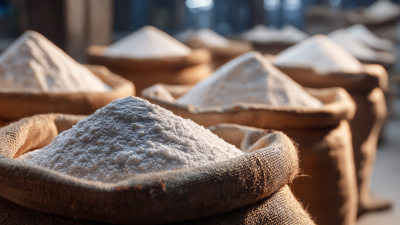
Crafting Excellence with Chinese Manufacturing Powered by Best Thickening Agent Hpmc for Detergent
-
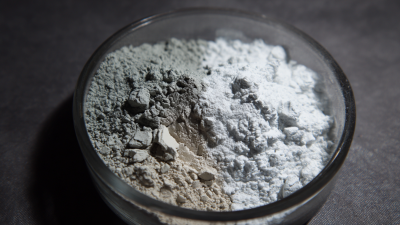
Challenges Faced with Using Customized Re-Dispersible Latex Powder
-
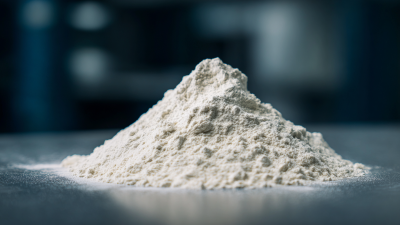
Unlocking the Potential of Methyl Cellulose Polymer in Your Supply Chain
-

Global Sharing of Chinese Excellence in Best Rd Powder Applications for Reliable Quality
-

Understanding the Functionality of Polycarboxylate Superplasticizer in Modern Construction
Blog Tags:






